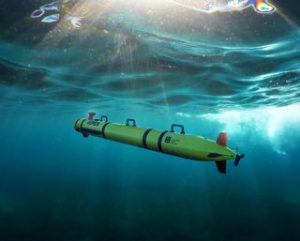
After successfully introducing a version of its small-class unmanned underwater vehicle (UUV) last year that features open architecture and modularity to help meet different customers’ needs, Huntington Ingalls Industries [HII] is applying the same design philosophy to its larger UUVs, a company official said on Tuesday. Last spring, HII released the Remus 300, a two-man portable UUV that can descend more than 300 meters and operate for as long as 30 hours. HII thinks the Remus 300 meets the Navy’s…

 By
By 









